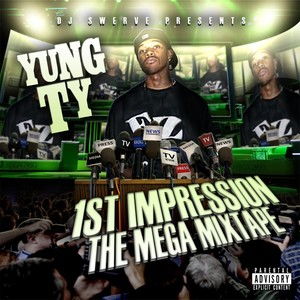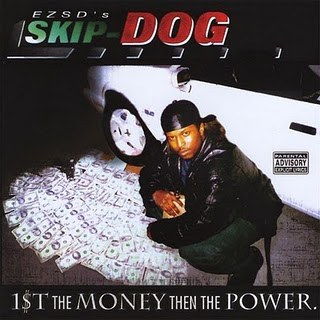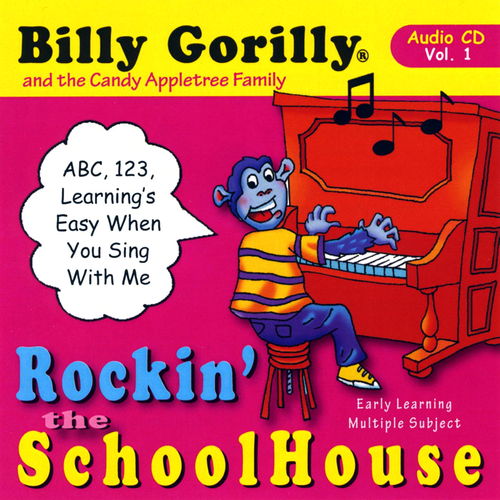Counting Money for 1st Graders: A Comprehensive Guide
Learning to count money is an essential skill for young children, especially for first graders. It not only helps them understand the value of money but also prepares them for real-life financial transactions. In this article, we will explore various methods and activities to teach your first grader how to count money effectively.
Understanding Money

Before diving into counting money, it’s crucial to ensure that your child understands the different types of currency. Here’s a brief overview:
| Currency Type | Description |
|---|---|
| Cents | One cent is the smallest unit of currency. It’s represented by the symbol ‘垄’ and is often referred to as a ‘penny’ in everyday language. |
| Dollars | A dollar is the basic unit of currency. It’s represented by the symbol ‘$’ and is made up of 100 cents. |
| Quarters | A quarter is worth 25 cents. It’s represented by the symbol ’25垄’ and is often referred to as a ‘quarter’ in everyday language. |
| _nickels | A nickel is worth 5 cents. It’s represented by the symbol ‘5垄’ and is often referred to as a ‘nickel’ in everyday language. |
| Dimes | A dime is worth 10 cents. It’s represented by the symbol ’10垄’ and is often referred to as a ‘dime’ in everyday language. |
Once your child is familiar with the different types of currency, you can move on to teaching them how to count money.
Teaching Methods

There are several effective methods to teach your first grader how to count money. Here are a few you can try:
Using Counters
Counters, such as coins and paper money, are excellent tools for teaching money counting. Start by giving your child a small pile of coins or paper money. Ask them to count the items and identify the value of each one. You can also use a visual aid, such as a chart or a board, to help them keep track of the total amount.
Matching Coins and Bills
This activity involves matching coins and bills to their corresponding values. You can create a simple chart with pictures of coins and bills, along with their values. Encourage your child to match the correct coin or bill to the value on the chart. This will help them understand the relationship between different types of currency.
Counting Money Games
Games are a fun and engaging way to teach money counting. You can create a game where your child has to count out a specific amount of money to reach a target value. For example, you can give them a pile of coins and ask them to count out 50 cents. This will help them practice their counting skills while having fun.
Activities

Here are some activities you can use to reinforce your child’s money counting skills:
Counting Change
Take your child to a store and let them count the change they receive after making a purchase. This real-life experience will help them understand how to count money in a practical setting.
Creating a Budget
Teach your child how to create a simple budget by assigning them a small amount of money to spend on a specific item. This will help them learn how to prioritize and make decisions based on their financial resources.
Sorting Coins and Bills
Give your child a pile of mixed coins and bills and ask them to sort them by value. This activity will help them practice their sorting skills and reinforce their understanding of different types of currency.
By using these methods and activities, you can help your first grader develop a strong foundation in money counting. Remember to be patient and encourage your child to practice regularly. With time and practice, they will become proficient in counting money and managing their finances.
